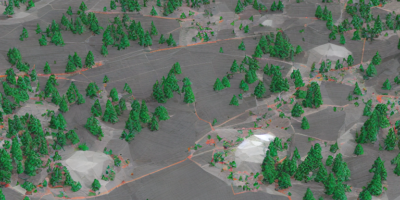
Computer Science, Computer Vision and Pattern Recognition
Bridging the gap between complex scientific research and the curious minds eager to explore it.
Page 159/179
LLaMA-2, the next generation of LLaMA. Meta trained and released LLaMA-2 in three model sizes: 7, 13, and 70 billion parameters. The model architecture remains largely unchanged from that of LLaMA-1 models, but 40% more data was used to train the foundational models. The accompanying preprint also mentions a model with 34B parameters that might be released in the future upon satisfying safety targets.

Computer Science, Computer Vision and Pattern Recognition

Computer Science, Machine Learning
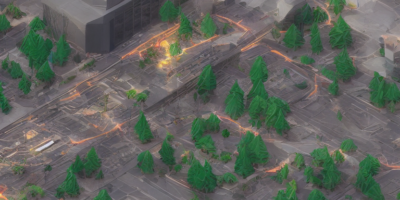
Computer Science, Computer Vision and Pattern Recognition
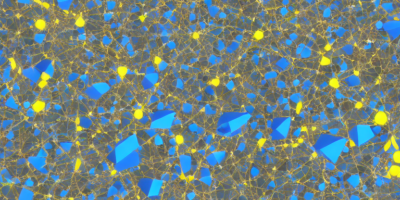
Computer Science, Computer Vision and Pattern Recognition
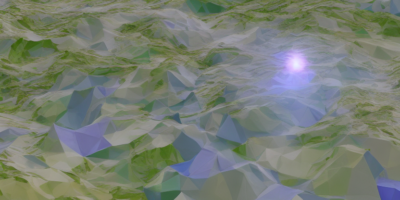

Computer Science, Cryptography and Security
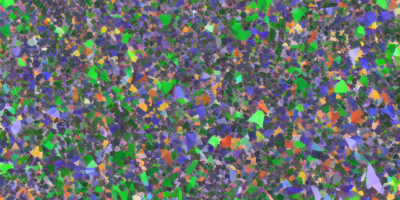
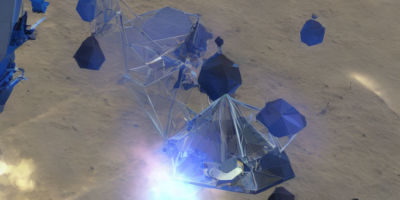
Instrumentation and Methods for Astrophysics, Physics
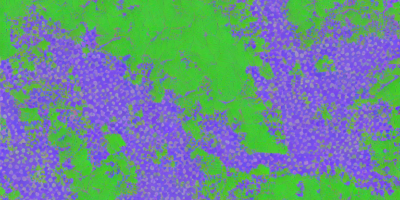
Electrical Engineering and Systems Science, Systems and Control
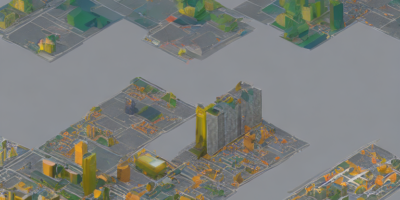
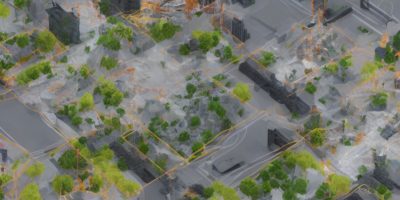
Computer Science, Machine Learning
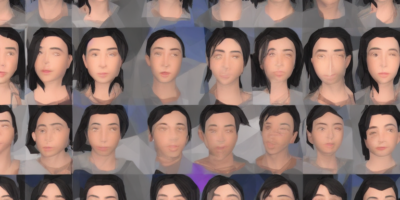
Computer Science, Computer Vision and Pattern Recognition
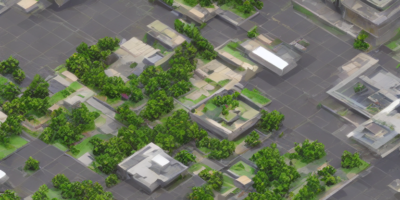
Electrical Engineering and Systems Science, Image and Video Processing

Physics, Statistical Mechanics

Computer Science, Computer Vision and Pattern Recognition
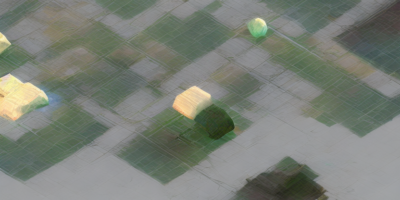
Mathematics, Numerical Analysis
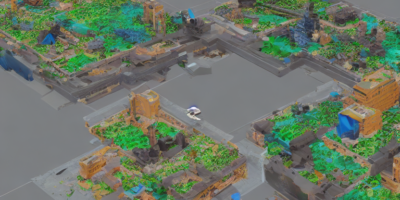
Computer Science, Computer Vision and Pattern Recognition
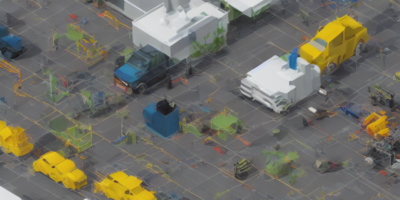
Computer Science, Logic in Computer Science

Computer Science, Computers and Society

Computer Science, Social and Information Networks